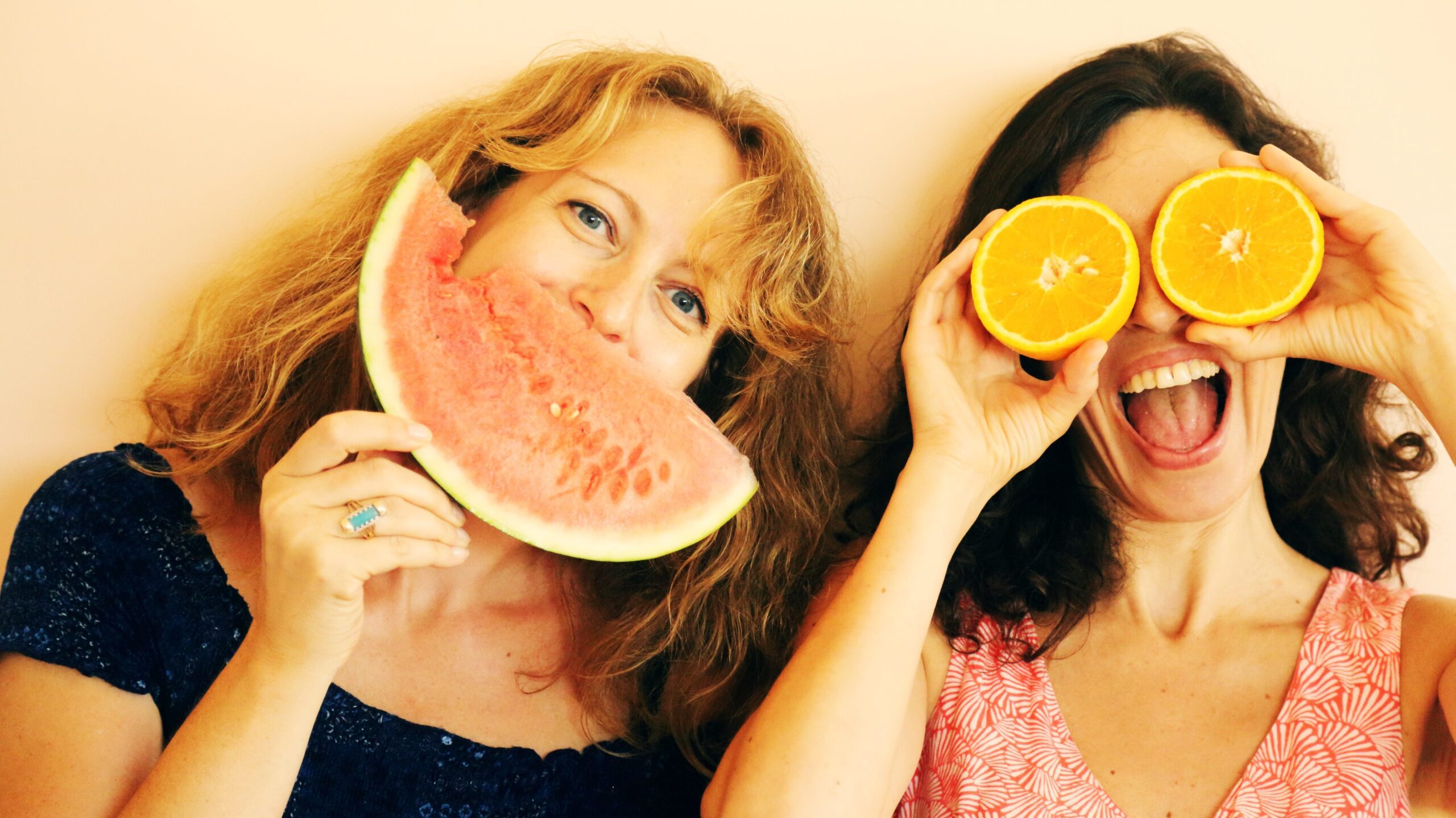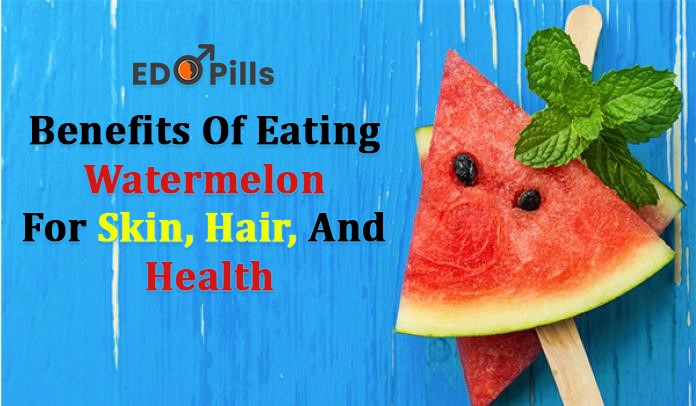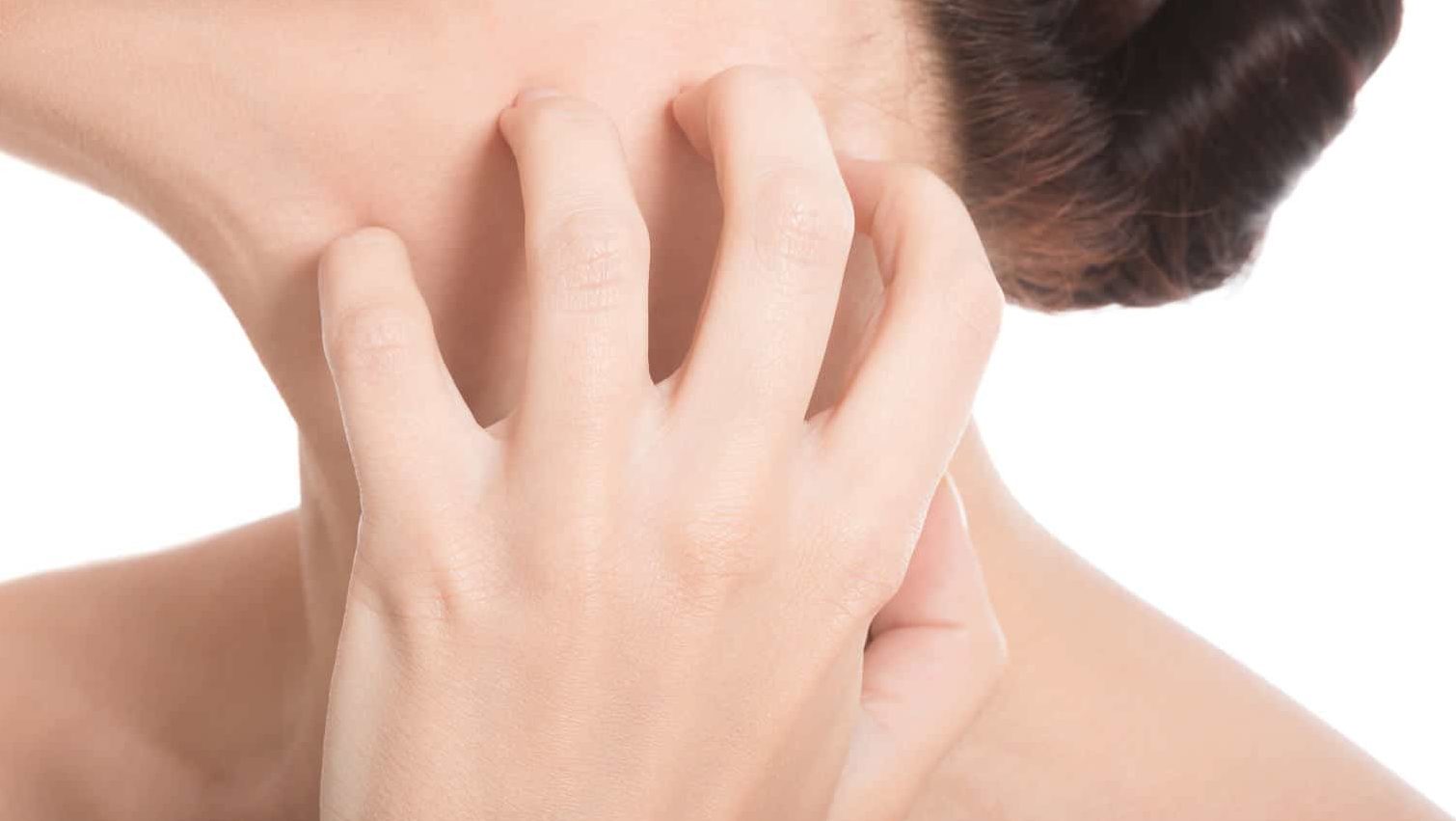
We spend lots of time and money considering what we put on our faces. But how much do you think about whether or not you’re following a clear skin diet? In the past, dermatologists maintained that unless you wipe greasy fingers on your face, food doesn’t cause zits. But some are rethinking the party line.
In the past decade, we’ve learned more and more about how much the foods we eat impact our complexions. But with all sorts of supplements, special eating plans Diet, and complexion drinks out there promising glowing skin from the inside out, it’s tough to tell what’s actually legit.
SELF digested the research and polled experts to determine which foods you should add to your diet to truly benefit skin, which may be worth an occasional munch, and which to pass up. Here’s what we found.
These foods are proven complexion perfecters:
Pile these on your plate. All pack nutrients essential for healthy skin.
Strawberries, citrus fruits, red peppers, and broccoli
Beauty benefit: a smooth texture
Eat-right evidence: Vitamin C, plentiful in this produce, is vital for the production and formation of collagen, skin’s support structure, Toby Amidor, R.D., director of nutrition for DietTV.com in New York City, tells SELF. A strong support layer underneath helps smooth what’s on top and prevent wrinkles, she says.
Aim for: two 1-cup servings of fruit and 1 cup of red peppers and/or broccoli a day.
Sunflower seeds and almonds
Beauty benefit: sun protection
Eat-right evidence: These seeds and nuts are loaded with vitamin E. Collectively, antioxidants act together like an army, protecting skin from free radicals, damaging agents introduced by things like UV rays and pollution. But E is on the front lines: Your skin’s top layers contain high levels that guard cells’ outer membrane so cells stay protected and healthy. Plus, strong membranes hold water in, keeping skin hydrated.
Aim for: 2 tablespoons hulled seeds or 23 almonds daily.
Veggies that are dark orange and red, and leafy greens
Beauty benefit: a fresh complexion
Eat-right evidence: Beta-carotene is a type of carotenoid (a group of plant pigments) that gives orange and red veggies—like squash and sweet potato—their color. It also has antioxidant powers. Your body converts beta-carotene to vitamin A, which regulates cell production and turnover (the process by which old cells are shed and replaced by new ones) so skin’s surface is smooth, Valori Treloar, M.D., coauthor of The Clear Skin Diet, tells SELF. Beta-carotene, and other carotenoids like lutein and lycopene, may also protect against and repair the damage sun does to the skin. Despite their color, dark leafy greens like spinach and kale are also excellent sources of beta-carotene.
Aim for: three 1-cup servings a day.
Fortified cereal, lean meat, pork, poultry, and oysters
Beauty benefit: a youthful glow
Eat-right evidence: You’ll get zinc and iron, minerals key to healthy skin functioning. Zinc contributes to cell production, plus natural cell sloughing, which keeps dullness at bay. Red blood cells need iron to carry oxygen to skin, helping give you a glow, David Bank, M.D., a dermatologist in Westchester, New York, tells SELF.
Aim for: 1 serving of cereal (a cup), 1 palm-sized serving of meat or poultry, or 3 oysters per day.
Water
Beauty benefit: dewy skin
Eat-right evidence: Skin cells contain mostly water, and if you’re dehydrated, skin will look and feel parched, too. But you needn’t chug 8 cups a day—any source of H2O (that includes from fruits, veggies, and even coffee) counts toward your daily water intake. Simply ward off dehydration and dryness by drinking consistently throughout the day and, of course, whenever you’re thirsty.
Aim for: 6 cups a day. It’s a good starting point, Keri Gans, R.D., a NYC-based dietitian, tells SELF.
These foods are good bets for good skin:
Some research suggests beauty power behind these foods, but effects aren’t totally proven. No need to wait, though; the goodies are part of a healthy diet and worth eating regardless.
Wild salmon, Atlantic mackerel, walnuts
Beauty benefit: fewer wrinkles
Eat-right evidence: These fish and nuts, plus fortified eggs, are bursting with omega-3 fatty acids, which fight inflammation in the body caused by sun and stress. “Inflammation produces free radicals, and free radicals contribute to aging by attacking collagen,” Susan Taylor, M.D., associate professor of dermatology at the Hospital of the University of Pennsylvania, tells SELF. But research still needs to connect the dots definitively and show that the anti-inflammatory abilities of omega-3s translate to younger-looking skin, she says. Studies have found an association, but more research is needed to confirm if there’s a true cause-and-effect relationship. Omega-3s are important for heart and brain health, too, so you should be eating them anyway.
Aim for: two 5-ounce servings of fish per week; on other days, 1 oz of walnuts or 2 omega-3-fortified eggs.
Dark chocolate
Although there might be some truth to the claims that sugar-laden chocolate contributes to acne (and wrinkles), the high-quality, dark variety—70 percent or more cocoa—may actually be good for your skin. Studies have found that cocoa’s flavonols (a potent type of antioxidant) may ward off wrinkles, improve skin elasticity, and even protect skin from UV damage.
Aim for: Chocolate is high in calories, so treat yourself to about 1 oz a day.
Wine
Reds are rich in polyphenols, antioxidants that help fight skin-damaging free radicals. But sip no more than one glass a day, says Katherine Brooking, R.D., an NYC-based dietitian. Alcohol works as a diuretic, which means your body releases water. SELF has also reported that alcohol interferes with a hormone responsible for telling your kidneys to hold onto water, so your body fails to reabsorb the water that it needs. As a result, you make extra visits to the ladies’ room and end up not only feeling dehydrated, but having skin that looks dry, with a dull tone and more visible wrinkles. Also, heavy alcohol use may even decrease vitamin A levels, which is an important nutrient for healthy skin. One drink a day can also have some other health benefits, from heart health to bone health, so enjoy wine in moderation
Aim for: One glass or fewer a day.Whole grain foods
Beauty benefit: clearer skin
Eat-right evidence: A few studies have found that a low-glycemic diet (more whole grains, protein and produce versus refined carbs such as white bread and sugar) may reduce acne. One explanation is that low-glycemic foods keep insulin steady, and refined carbs and sugar spike it. The surges may boost production of androgens, hormones that, when elevated, can cause zits. One study in The American Journal of Clinical Nutrition found that after 12 weeks of a low-glycemic diet, subjects’ pimple counts dropped 20 percent. More studies are needed to prove the link, but no doctor will discourage you from swapping out white bread for whole grain!
Aim for: 3 servings a day (1 serving equals a slice of bread or 1/2 cup cooked grains).
Science has called out these proven and potential skin saboteurs:
Cutting back on these foods may bring you closer to your clear skin goals.
Sugar
Chowing down on candy and other sugary snacks may make you feel like a kid, but it’s likely aging all of us. The rush of glucose into your bloodstream sets off a process known as glycation, in which sugars attach to proteins and form advanced glycation end products (AGEs). These molecules naturally build up in skin as you get older, but the more sugar you eat, the more AGEs you have. Bad news: They cross-link with collagen and elastin fibers, making the normally resilient tissues weak or inflexible, Bank says. And skin that doesn’t bounce back easily leads to wrinkles and sagging.
Milk
Got acne? Milk may not be doing your skin any favors. Some experts say there’s a connection, while others are a bit skeptical. According to the American Academy of Dermatology, there seems to be an association, but a weak one. Interestingly, the strongest connection is with skim milk—which makes it seem that something in the whey (protein) may be to blame. Experts suggest two possible explanations for the dairy-acne connection: hormones and insulin. Androgens naturally found in milk (even organic versions without added hormones) may add to a drinker’s own level of androgens, which are associated with oily skin and acne. Milk also raises insulin levels and contains growth factors that act like insulin, Treloar says. Both may lower the production of molecules that bind to and deactivate hormones—meaning there may be more free-roaming androgens able to cause pimples. There’s not enough hardcore evidence to say that anyone with zits should cut dairy from their diets. But it may be worth experimenting with a milk-free diet if you have excessive, stubborn breakouts, Treloar says. (Be sure, however, that you’re getting enough calcium and vitamin D elsewhere.)
Spicy foods
For those who suffer from rosacea, eating spicy foods can cause a temporary flareup of blotchiness and redness. Some people with fair skin may also find that hot-and-spicy foods lead to noticeable flushing—even if they don’t have the skin condition. But if you can slather your meals in Sriracha and notice no difference in your complexion, you keep indulging those taste buds of steel.Want to follow a clear-skin diet? Here’s how:
If your complexion could choose everything you ate for the day, here’s what would be on the menu, Gans says. She put together this clear-skin eating plan.
Breakfast
- 1 cup whole-grain, fortified cereal
- 1 cup nut milk (like almond)
- 1 cup sliced strawberries or 1 medium grapefruit
- 1 cup green tea
Lunch
- Grilled chicken sandwich
- 5 oz chicken breast
- 2 slices whole-grain bread
- 2 slices tomato
- 1 leaf lettuce
- 1/8 of avocado
- 1 tsp mustard
- 1 medium apple
Dinner
- 5 oz wild salmon
- Spinach salad
- 2 cups fresh spinach
- 1/2 cup sliced red bell pepper
- 1/2 cup chopped tomato
- 1/2 cup broccoli
- Toss with 1 tbsp each olive oil and balsamic vinegar
- 1 medium baked sweet potato
Snacks/dessert
- 8 oz nonfat plain yogurt or 1 part-skim string cheese
- 1 oz sunflower seeds
- 1 small orange or 1 cup baby carrots
- 1 oz dark chocolate or 1 glass red wine



